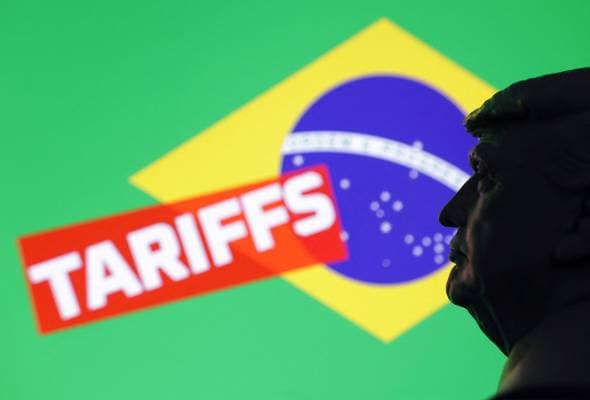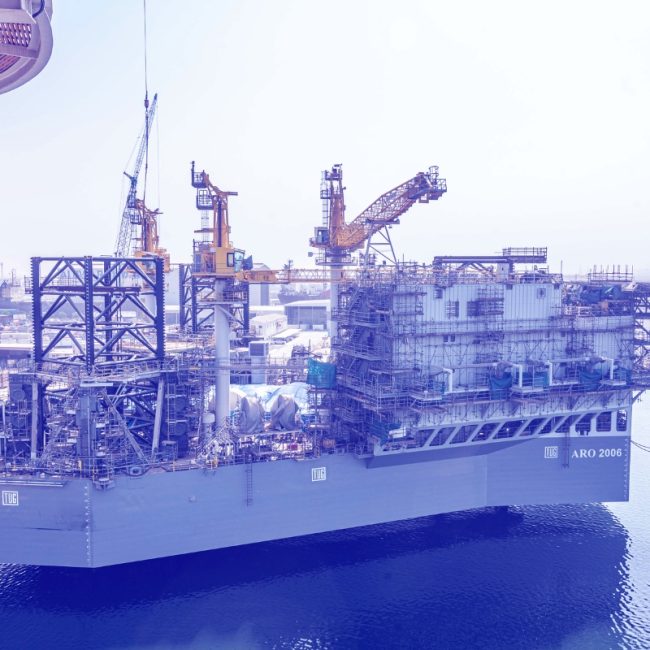Fire Erupts Aboard Container Ship at Port of Los Angeles, Terminals Closed
Dozens of firefighters are battling a major blaze aboard the container ship One Henry Hudson docked at the Port of Los Angeles, authorities said, prompting a one nautical mile safety zone and temporary terminal closures. The incident could cause short term disruption to an already strained west coast supply chain, while air quality and hazardous cargo concerns remain under close watch.

Fire crews continued evening operations at the Port of Los Angeles after an electrical fire began below deck on the container ship One Henry Hudson and spread through multiple levels, officials reported. The blaze generated an explosion on a mid deck and drew more than 100 firefighters to the scene, including Los Angeles Fire Department Hazardous Materials teams, with assistance from the Long Beach Fire Department and Port Police. All 23 crew members were accounted for and there were no reported injuries.
The ship, measuring 1,102 feet and operated by One Ocean Express of Singapore, had recently called at ports in Japan. Because the vessel’s manifest included hazardous materials, LAFD HazMat companies established air quality monitoring around the ship while firefighting teams focused on suppression and cooling to prevent further chemical risks. A one nautical mile safety zone was imposed around the vessel, restricting marine traffic and prompting temporary closures at some nearby terminals as officials assessed secondary hazards.
The Port of Los Angeles handles a large share of U.S. containerized trade and is a critical node for imports ahead of the holiday season. The Los Angeles port complex, when combined with the Port of Long Beach, accounts for roughly 40 percent of containerized imports into the United States. The temporary loss of berths or reduced terminal throughput at this time of year can quickly ripple through logistics chains, exacerbating congestion, delaying pickups, and increasing demurrage and storage costs for importers and carriers.
Port officials said suppression efforts were ongoing while maritime and fire investigators worked to determine the cause and timeline of the fire. Operations at adjacent terminals were temporarily suspended, and vessel traffic was being rerouted as necessary. The one nautical mile exclusion zone limited tugs and support vessels and could prolong offloading for ships already in the vicinity, regulators warned.
The presence of hazardous materials on board raised particular concern for air and water quality monitoring. LAFD HazMat units deployed instruments to sample air for combustion byproducts and any release of hazardous substances. Authorities also coordinated with port environmental teams to monitor potential contamination of harbor waters and to prepare containment if runoff or firefighting foam entered the channel.
Economic consequences of the incident will depend on the duration of the closure and the scale of terminal disruption. Even short disruptions at the Port of Los Angeles can create knock on effects for trucking capacity, warehouse operations, and retail inventory, particularly in the run up to the holiday shopping period when import volumes rise. Shippers and terminal operators regularly track turn times and berth availability, and a prolonged restriction could shift vessel calls to other West Coast ports or to U.S. Gulf and East Coast gateways.
Investigators will examine the ship’s electrical systems, cargo stowage and compliance with hazardous materials declarations to identify the origin of the fire. For now, authorities said suppression was their priority and that ongoing monitoring would guide decisions about reopening terminals and lifting the safety zone.


